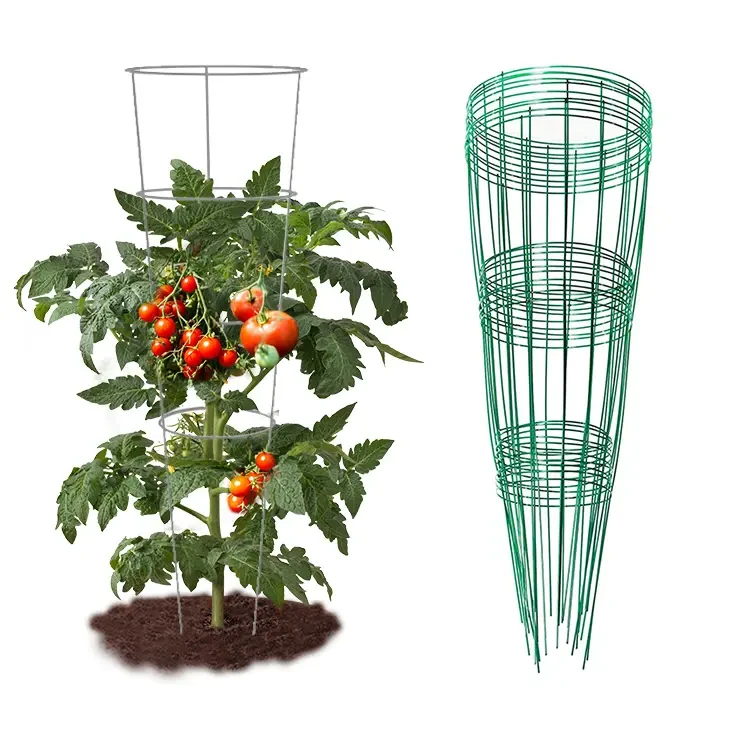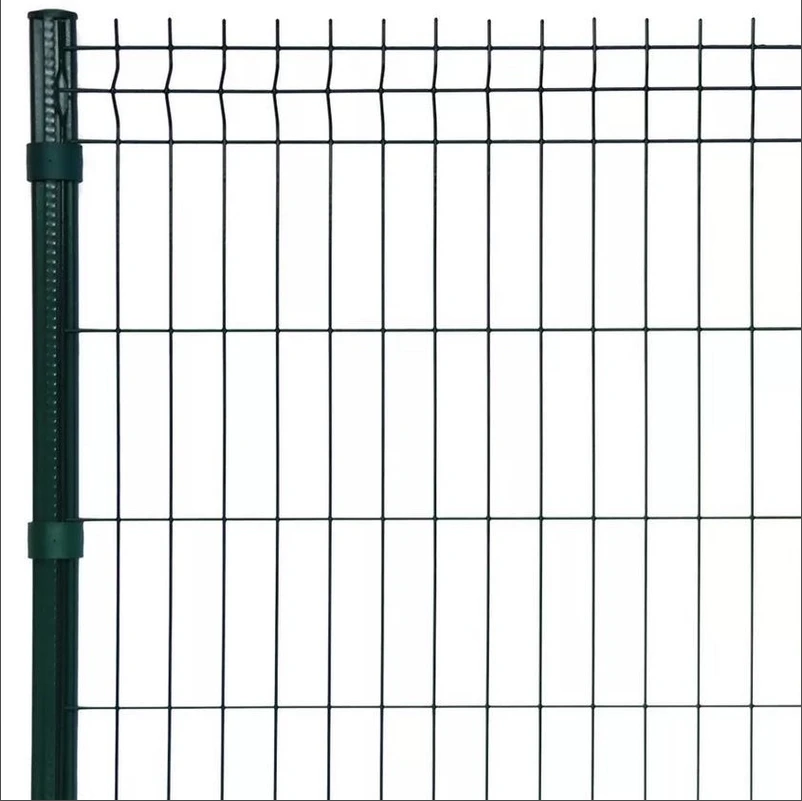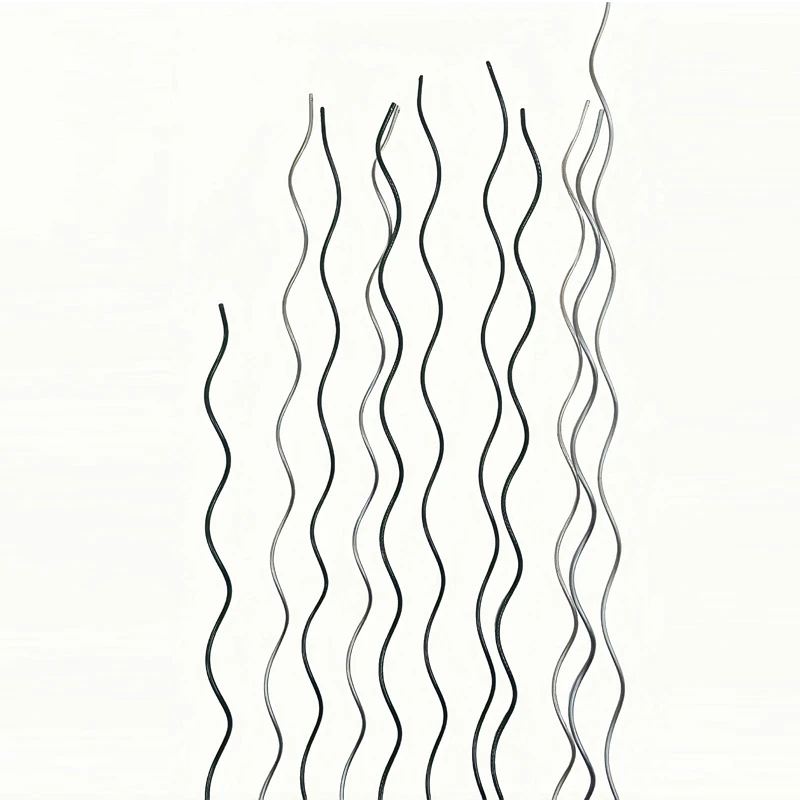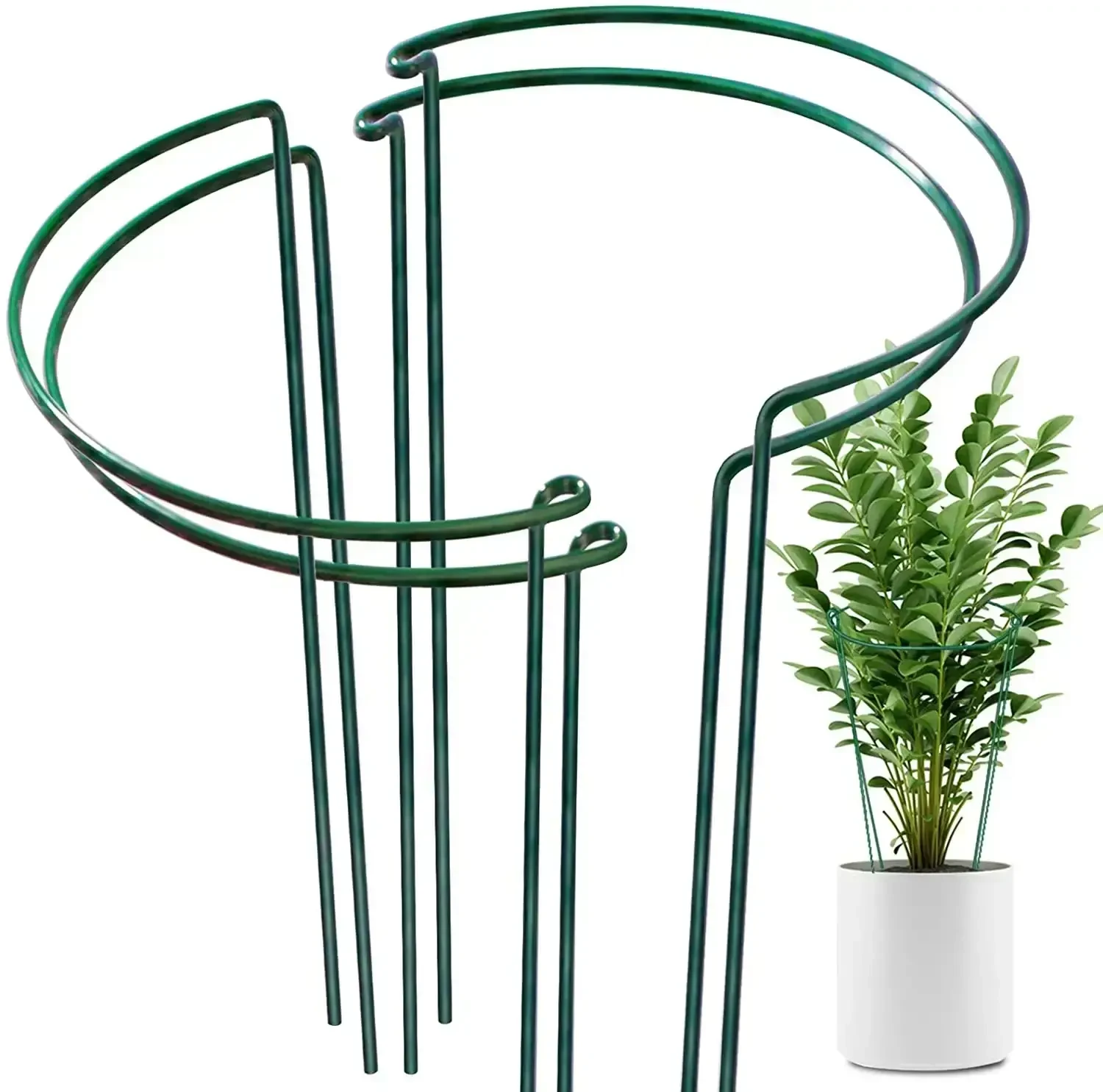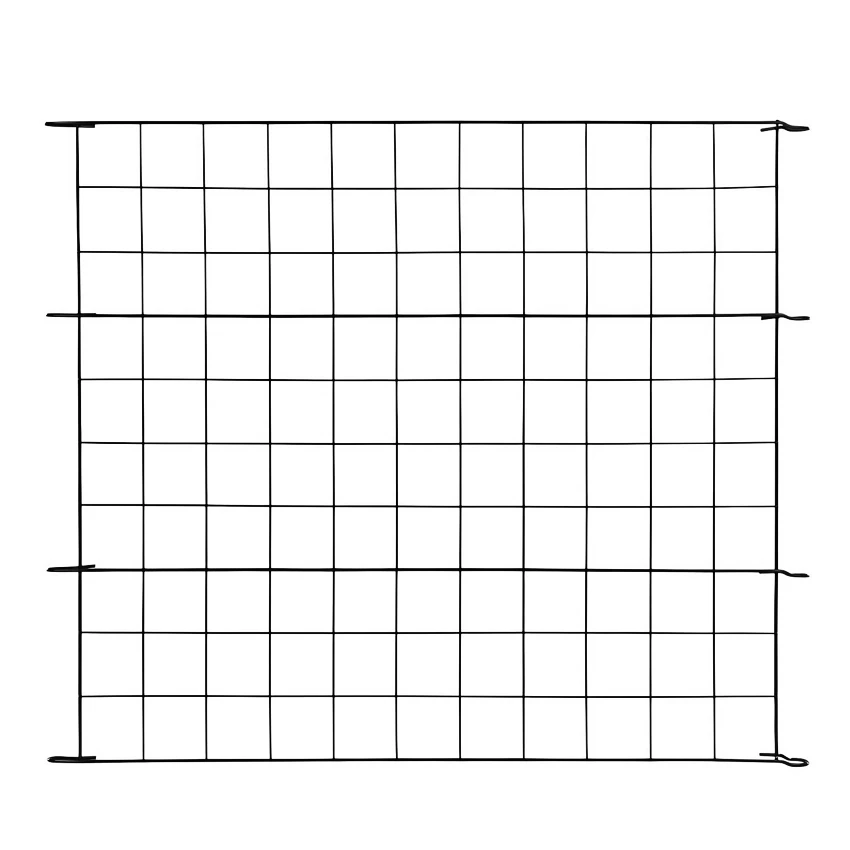-

-
 Whatsapp:+86 17732187393
Whatsapp:+86 17732187393 -


- Afrikaans
- Albanian
- Amharic
- Arabic
- Armenian
- Azerbaijani
- Basque
- Belarusian
- Bengali
- Bosnian
- Bulgarian
- Catalan
- Cebuano
- Corsican
- Croatian
- Czech
- Danish
- Dutch
- English
- Esperanto
- Estonian
- Finnish
- French
- Frisian
- Galician
- Georgian
- German
- Greek
- Gujarati
- haitian_creole
- hausa
- hawaiian
- Hebrew
- Hindi
- Miao
- Hungarian
- Icelandic
- igbo
- Indonesian
- irish
- Italian
- Japanese
- Javanese
- Kannada
- kazakh
- Khmer
- Rwandese
- Korean
- Kurdish
- Kyrgyz
- Lao
- Latin
- Latvian
- Lithuanian
- Luxembourgish
- Macedonian
- Malgashi
- Malay
- Malayalam
- Maltese
- Maori
- Marathi
- Mongolian
- Myanmar
- Nepali
- Norwegian
- Norwegian
- Occitan
- Pashto
- Persian
- Polish
- Portuguese
- Punjabi
- Romanian
- Russian
- Samoan
- scottish-gaelic
- Serbian
- Sesotho
- Shona
- Sindhi
- Sinhala
- Slovak
- Slovenian
- Somali
- Spanish
- Sundanese
- Swahili
- Swedish
- Tagalog
- Tajik
- Tamil
- Tatar
- Telugu
- Thai
- Turkish
- Turkmen
- Ukrainian
- Urdu
- Uighur
- Uzbek
- Vietnamese
- Welsh
- Bantu
- Yiddish
- Yoruba
- Zulu
Feb . 11, 2025 16:17
Back to list
garden fencing to keep rabbits out
Creating an effective garden fence to keep rabbits out is a vital task for gardeners who aim to protect their green sanctuaries from these lovable yet destructive animals. Over the years, both experienced gardeners and industry experts have developed various strategies to construct fences that blend seamlessly with garden aesthetics while providing an impenetrable barrier against rabbits.
Beyond the physical structure, a multifaceted approach can further enhance your garden's defenses. Implementing natural deterrents in tandem with fencing can significantly reduce rabbit visits. Planting rabbit-repellent herbs such as lavender, globe thistle, or basil along the fence line can act as an additional line of defense. The strong scents and tastes of these plants are known to discourage rabbits from venturing into the garden. Moreover, maintaining visibility is essential for a trustworthy barrier. A well-monitored garden can quickly identify breaches or weaknesses in the fence, ensuring they are promptly repaired. Consider integrating motion-activated lights or sprinklers as part of a comprehensive protective strategy; such measures can surprise and deter persistent rabbits. In disseminating this expertise, it’s worth highlighting successful case studies where these techniques have proven effective. For instance, Jane Hodges, a seasoned horticulturist from Oregon, managed to secure her vegetable patches by applying a combination of the above strategies. By adapting her fence installation to the unique topography and rabbit habits of her region, she successfully thwarted numerous invasion attempts over several growing seasons. Her approach underscores the importance of personalizing fence solutions to your specific environmental conditions and rabbit pressures. Ultimately, securing a garden from rabbits requires a blend of robust physical barriers, strategic material selection, and the implementation of complementary deterrent methods. By adhering to expert recommendations and drawing on real-world successes, gardeners can establish a trusted and authoritative defense system. Not only does this safeguard your precious plants, but it also cultivates an environment where gardeners can experiment and thrive without the looming threat of rabbit interference.

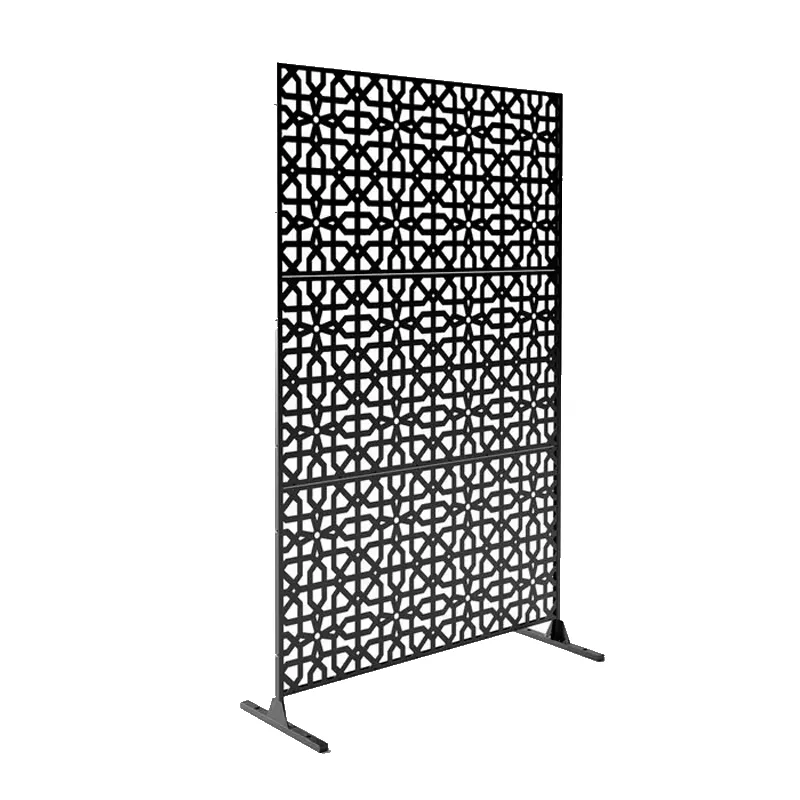
Beyond the physical structure, a multifaceted approach can further enhance your garden's defenses. Implementing natural deterrents in tandem with fencing can significantly reduce rabbit visits. Planting rabbit-repellent herbs such as lavender, globe thistle, or basil along the fence line can act as an additional line of defense. The strong scents and tastes of these plants are known to discourage rabbits from venturing into the garden. Moreover, maintaining visibility is essential for a trustworthy barrier. A well-monitored garden can quickly identify breaches or weaknesses in the fence, ensuring they are promptly repaired. Consider integrating motion-activated lights or sprinklers as part of a comprehensive protective strategy; such measures can surprise and deter persistent rabbits. In disseminating this expertise, it’s worth highlighting successful case studies where these techniques have proven effective. For instance, Jane Hodges, a seasoned horticulturist from Oregon, managed to secure her vegetable patches by applying a combination of the above strategies. By adapting her fence installation to the unique topography and rabbit habits of her region, she successfully thwarted numerous invasion attempts over several growing seasons. Her approach underscores the importance of personalizing fence solutions to your specific environmental conditions and rabbit pressures. Ultimately, securing a garden from rabbits requires a blend of robust physical barriers, strategic material selection, and the implementation of complementary deterrent methods. By adhering to expert recommendations and drawing on real-world successes, gardeners can establish a trusted and authoritative defense system. Not only does this safeguard your precious plants, but it also cultivates an environment where gardeners can experiment and thrive without the looming threat of rabbit interference.
Previous:
Next:
Latest news
-
Durable Ornate Garden Gates: Steel Single/Double Wrought IronNewsAug.19,2025
-
Durable Dog Playpen with Waterproof Bottom - Easy Clean & SafeNewsAug.18,2025
-
New Large Metal Dome Top Chicken Coop Pen Dog Duck KennelNewsAug.17,2025
-
Durable Square Pipe Wedding Arch | Outdoor Garden Flower ArchNewsAug.16,2025
-
High Visibility Black Metal Security Fence | Easy Garden TrellisNewsAug.15,2025
-
Durable Ground Spikes for Posts - Easy Install AnchorsNewsAug.14,2025
Related Products


